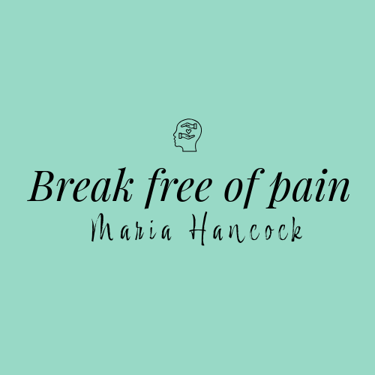The Expectation Effect
Our beliefs and expectations profoundly shape our physical and mental health through a mechanism called predictive processing—the brain’s tendency to anticipate and create experiences based on past learning. Expectations can influence everything from pain and fatigue to healing and performance, offering powerful insights for those with mind-body symptoms like chronic pain or fatigue.
CHRONIC PAINGENERAL WELLBEINGCHRONIC FATIGUE
Maria Hancock
8/3/20254 min read
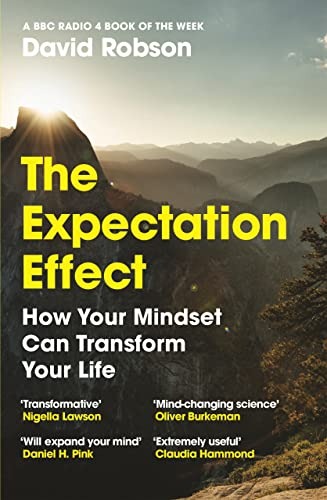

How Your Expectations Shape Your Mind and Body
After I finished reading this book The Expectation Effect by science journalist David Robson. I felt compelled to share some of what I have learnt. Whether you have chronic pain or other symptoms or are just seeking ways to gain more power over your wellbeing, this book will help you gain practical insights. In learning about how to overcome chronic pain and other symptoms, I have become aware of the new science of predictive programming - ie our brain’s habit of using past experiences and beliefs to predict and shape perception, physiology and behaviour.
The book explores how beliefs and mindsets don’t just reflect our health—they shape it. Drawing on cutting-edge neuroscience and psychology, he shows that what we expect to happen can directly influence how our bodies respond. For those dealing with mind-body symptoms like chronic pain, fatigue, or gut issues, the implications are profound.
The Science of Expectation
Let’s start with the basics. The brain is not a passive observer—it actively predicts what will happen next. This "predictive brain" filters information based on our prior experiences and beliefs, constantly shaping our perception of reality.
In other words, your brain fills in the blanks. And sometimes, it fills them with pain, fatigue, or discomfort—not because the body is broken, but because that’s what it expects.
Robson dives into how this plays out in several ways:
Placebo and Nocebo Effects: Placebos aren't just sugar pills—they’re a demonstration of the power of belief. When patients expect a treatment to work, their bodies often produce real physiological benefits. The opposite is also true: if someone expects a drug to cause side effects, they’re more likely to experience them, even if they're taking a placebo. This is called the nocebo effect.
Pain and Expectation: Studies show that expecting pain can actually amplify it. Brain scans reveal that the anticipation of pain activates many of the same regions as pain itself. In people with chronic pain, these expectation loops can become hard-wired—but they’re also changeable.
Fatigue and Effort: When you believe something will be exhausting, it usually is. Athletes, for instance, perform better when they believe their bodies are capable of enduring more. Similarly, if you expect an activity to deplete you, you may genuinely feel drained—even if your body is capable.
Symptom Perception: Many symptoms—like shortness of breath, dizziness, or nausea—are strongly influenced by our interpretations. If we interpret a racing heart as a sign of anxiety or illness, we’re more likely to feel unwell. If we see it as excitement or exertion, the discomfort often fades.
What This Means for Mind-Body Symptoms
If you’re struggling with symptoms that don’t have a clear-cut physical cause—or if you've been told they're “all in your head”—The Expectation Effect offers a radical reframe: your symptoms are real, and your brain may be a key part of both the problem and the solution.
This doesn’t mean your symptoms are imagined or fake. It means your brain and body are creating real symptoms due to it's predictions, as a way to do what it feels it needs to, to protect and take care of you. It means by changing your expectations, you can start to make changes to begin to shift and update the patterns.
How to Use Expectation to Support Healing
Robson shares many practical techniques, backed by science, that can help shift harmful expectation loops. Here are a few that are particularly helpful for people with mind-body conditions:
Reframe Symptoms: When you notice a sensation—like pain, fatigue, or dizziness—try to observe it without judgment. Ask yourself: “What else could this mean?” Instead of “Something is wrong,” it could be, “My nervous system is over-alert,” or “This is a pattern my brain has learned, not a sign of damage.”
Challenge Health Beliefs: Start noticing your default thoughts about your condition. Do you expect symptoms to flare when you’re stressed, tired, or after certain foods? Gently experiment with different narratives. Your beliefs are not fixed.
Use Positive Expectation Strategically: If you’re about to try something new (a walk, a therapy, a food), set a gentle intention: “This might feel okay. I might surprise myself.” This isn’t toxic positivity—it’s evidence-based mindset priming.
Visualize Recovery: Spend a few minutes each day imagining your body functioning well. Picture yourself feeling calm, strong, or energized. This helps train the brain to expect—and therefore support—change.
Limit Negative Health Cues: Constantly monitoring symptoms, googling conditions, or reading horror stories online can reinforce unhelpful expectations. Try reducing these triggers and focusing on evidence of your resilience instead.
Final Thoughts
This is why it is so important for you to think about what you already BELIEVE about your current pain and symptoms, and why I get so angry when I hear of people being given the wrong information about their symptoms. I was told that my arm pain/RSI was due to my severe spinal stenosis and was therefore incurable and permanent. This was unscientific and wrong, and it all it did was increase my fear, pain and feelings of powerlessness. Yes, I have stenosis, but it was never the cause of my pain.
Because of the power of beliefs, I always insist that my clients have a good understanding of recent pain science and the REAL causes of chronic pain and other symptoms before booking sessions with me. To make progress, your brain needs to start to expect to feel better and to know it is safe. Your body is robust and can heal most injuries, and your brain is a powerful tool in your healing toolkit. By learning how your brain’s predictions shape your physical experience, you can begin to interrupt old patterns and open the door to change.
Ultimately, The Expectation Effect reminds us that healing is not just about what happens to the body—it’s also about what the brain believes is possible. And that’s something we can learn to influence.
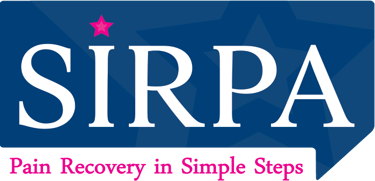

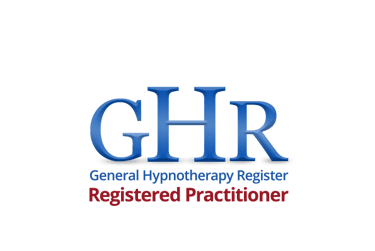

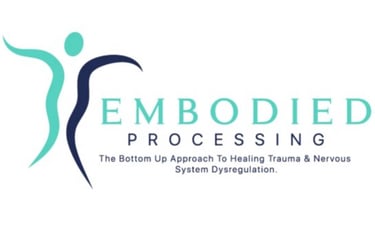

TMS, PPD, Mind-Body Syndrome, Perceived Danger Pain, Neuroplastic Pain Syndrome, Chronic Pain Recovery Practitioner in Horley, Surrey, UK and Online Internationally. (English speaking only).
